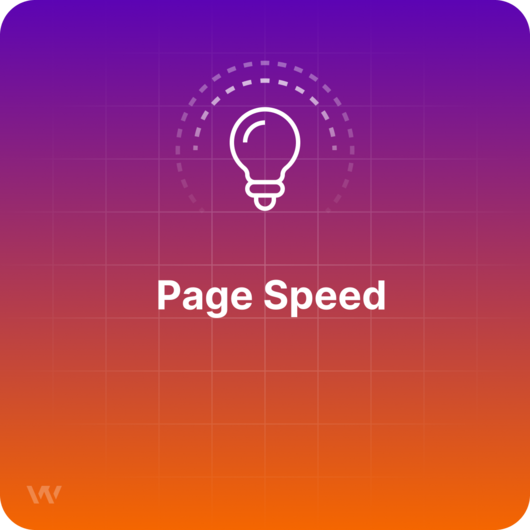Page Speed

TL;DR
Page speed is an SEO metric representing the number of seconds it takes for a web page to load in the user's browser. Page speed is important for user experience and search engine ranking, and there are multiple ways it can be managed and improved.
About Page Speed
Page Speed represents the amount of time that it takes for a webpage to load in the browser.
The loading speed of a page depends on many aspects, such as website server, page filesize, image compression, etc.
How is Page Speed measured?
There are several ways of measuring page speed but the most common are:
- Fully loaded page: the time it takes for all the resources on a webpage to be completely loaded.
- Time to first byte (TTFB): the period of time it takes for the web page to start the loading process, usually starting with a blank screen.
- First meaningful paint: the amount of time it takes for the page to load enough resources for the page to be readable and for the user to be able to interact with the page.
How can the Page Speed be improved?
The most important aspect of page speed is that it’s used as a ranking factor in SERP (search engine results pages). For better ranking and improved user experience, there are multiple ways of increasing page speed. One of them is file compression, especially when it comes to images as, in general, they make up more than 50% of all websites. Clean and compressed code (HTML, CSS, JavaScript) and quality hosting can also improve page speed.
Content Delivery Networks (CDN) can play a role in improving page speed as they can detect the geolocation of website visitor’s and provide them with faster loading resources that are in the visitor’s proximity. By activating browser caching, users are allowed to store resources of a website in their cache.This way, the second time the site is loaded it will appear much faster.

